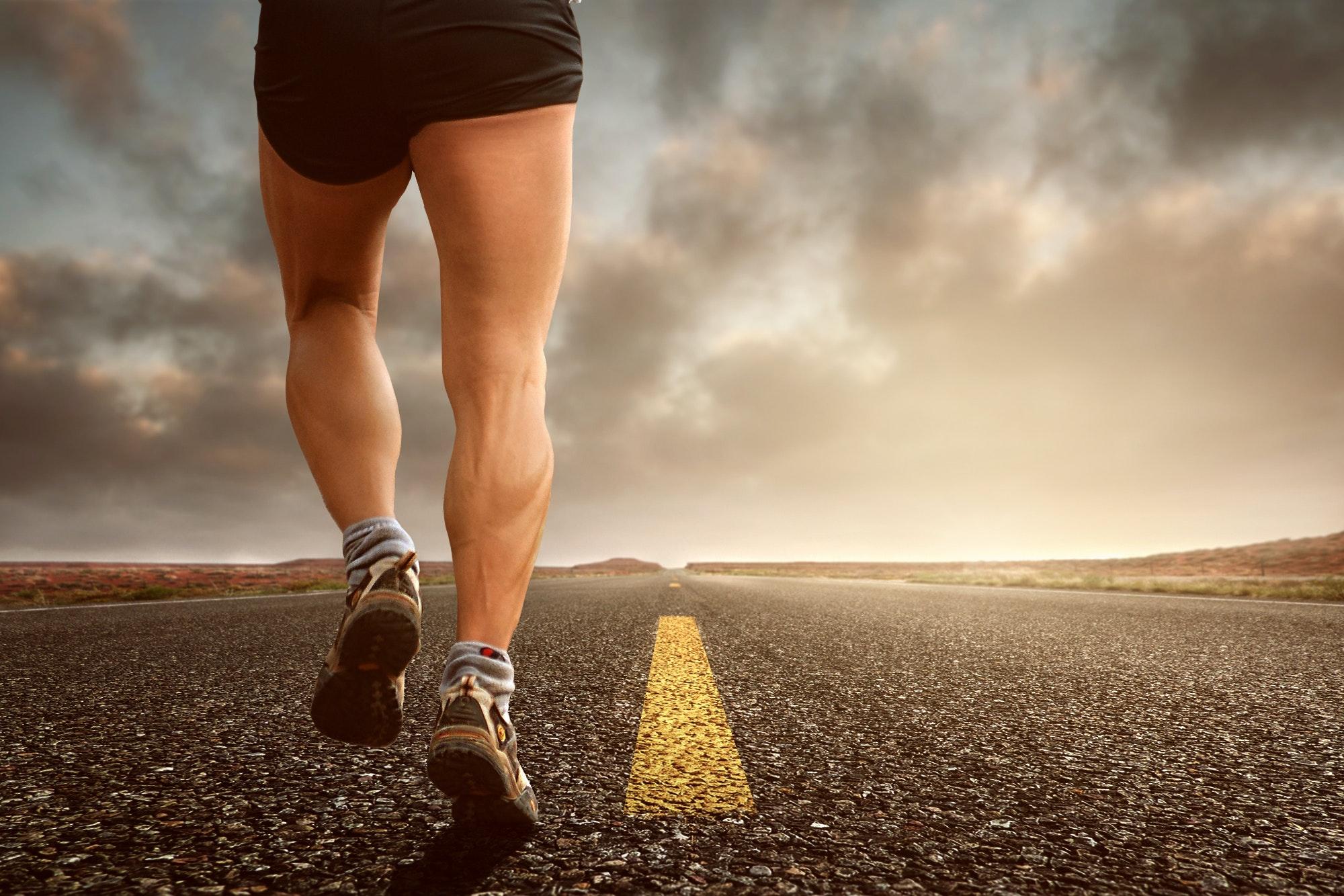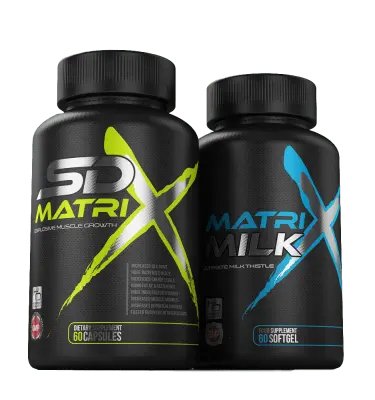Calf workouts
“Chicken legs” is the term used to describe a physique where the calf muscles are underdeveloped in comparison to the upper body, like in the case of – you guessed it right! – chickens. Safe to say, it’s not particularly a desirable characteristic. But you don’t have to worry about it, as in this blog you’ll discover the exact workouts you can add to your routine to build big bulging calves. But before diving deeper into calf workouts, it’s essential to understand the science behind calf muscles.
Anatomy of calf muscles
Understanding the anatomy of calf muscles is essential to achieve the shape you desire, as familiarity with the muscles will help you target them effectively. Without getting too much into the sciencey stuff, think of your calf muscles being a team of two important players: the gastrocnemius and the soleus.
The gastrocnemius is like the big, strong player in the team. It helps you point your toes downward when your legs are straight. So, when you do exercises like standing calf raises with your legs straight, the gastrocnemius does most of the work. Now, let’s talk about the soleus. It’s like the smaller but still important player in the team. The soleus helps you move your ankles and feet when your knees are bent. For example, when you sit down and do exercises like seated calf raises, the soleus is doing most of the work.
So, to make your calf muscles strong and big, you need to do exercises that work both the gastrocnemius and the soleus. That way, you’ll have well-developed calf muscles and be able to move your ankles and feet in different ways.
Remember, it’s like a team effort between the gastrocnemius and the soleus to help you have strong and powerful calf muscles! Now that you’re aware of the anatomy of calf muscles, let’s take a closer look at some of the most result-oriented calf workouts.

Calf workouts
Calf raises are the cornerstone of calf workouts and hold the key to unlocking gains that would turn any chicken legs into big bulging calves. You may start by standing with your feet shoulder-width apart near a stable structure for balance. Once you’ve done that, position your toes pointing forward, like when you’re waiting in a line or having a formal face-to-face conversation. In doing so, ensure your heels are slightly off the ground and you’ve distributed your weight on both legs equally, or you risk muscle imbalance.
After that, slowly raise your heels as high as possible while keeping your legs straight, contracting your calf muscles at the top of the movement. Then, lower your heels back to the starting position, feeling a stretch in your calves. To maximize the effectiveness, consider performing standing calf raises with additional weight. You can use dumbbells, barbells, or a calf-raise machine to add resistance and challenge your calves further.

Another classical exercise is seated calf raises. For that, you must start with sitting on a calf raise machine or a sturdy chair with your feet resting on the footpad or a step. Place the balls of your feet on the footpad or the edge of the step, keeping your heels off the ground. Slowly raise your heels as high as possible, focusing on squeezing your calf muscles at the top of the movement. Lower your heels back to the starting position, feeling a deep stretch in your calves. Incorporate a weight plate or a resistance band into the exercise to increase the resistance and further challenge your calf muscles.
One of the most intense calf workouts that can be an uphill battle, even for someone with already developed calf muscles, is the “Calf jump squat.” This rigorous movement combines explosive jumps with deep squats, putting even the strongest calf muscles to the test almost immediately. It’s for the same reason most experts recommend performing this routine in the latter half of your workout or once you’re confident your body has completely warmed up.
The starting position is going to be the same as standing calf raises with your feet set shoulder-width apart and toes pointing forward. Then imagine you’re sitting down on an invisible chair. And while doing so, keep your back straight and core muscles tight. Now comes the challenging part! Jump off the ground as hard and high as you can. While you’re in the air, quickly point your toes downward like you’re trying to touch the ground with them. When you land, bend your knees again and go back into the low-sitting position.

How to get the most out of your calf workouts and get results fast?
To squeeze the fastest results possible out of your calf workouts, you must do some things that others are not doing. First things first, vary your rep ranges. Instead of sticking to one rep range, incorporate both higher and lower rep ranges into your calf workouts. For example, perform sets with heavier weights and lower reps (such as 6-8 reps) to build strength, and mix in sets with lighter weights and higher reps (such as 12-15 reps) to promote muscle endurance and growth. This will give you the best of both size and strength and result in a combined effect.
Also, give extra attention to the lowering phase of calf exercises. Slowly lower your heels below the starting position and control the movement rather than simply dropping them. This will place greater tension on the calf muscles.
Additionally, increase your training frequency. Calves are one of the strongest muscle groups and can handle higher training frequency. If you’ve got a decent recovery rate, feel free to do 2-3 workouts per week.
Speaking of which, you can accelerate your recovery by taking supplements such as LGD-4033, SD Matrix, and Epistane. LGD-4033, of course, is on the lighter side compared to SD Matrix, which is one of the strongest compounds on the planet. Put simply, if you want to recover at a breakneck speed after your workouts, LGD-4033 would do the trick, but if you also want insane muscle gains at the same time, choose SD Matrix.
Apart from these, you can also take a preworkout supplement with creatine in it. It will accelerate your results by giving you the strength and conditioning required to push through exhausting workouts. SD Matrix strongly recommends ABE preworkout.

Conclusion: calf workouts
Conclusively, incorporating exercises that target both calf muscles is essential for developing strong and well-defined calf muscles. Calf raises, both standing and seated, are foundational exercises for calf development, and the challenging “Calf Jump Squat” adds intensity to your routine. To maximize your calf workouts and accelerate results, vary your rep ranges, focus on the lowering phase of exercises, increase training frequency, and consider supplements for recovery and enhanced performance. Hopefully, this blog answered all your questions about calf workouts. Happy lifting!





